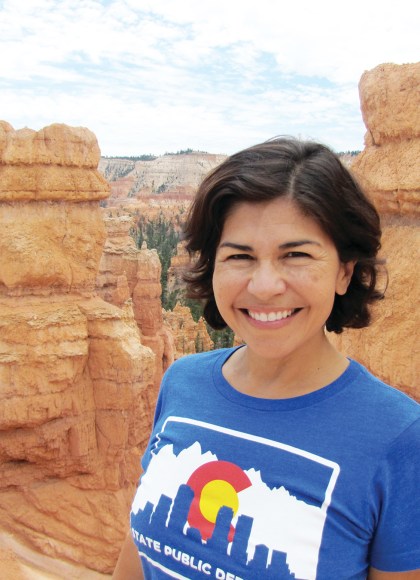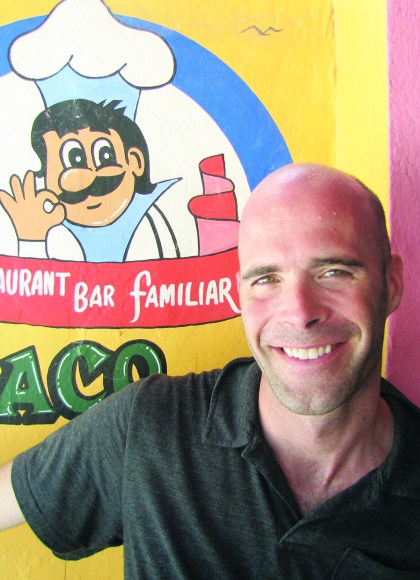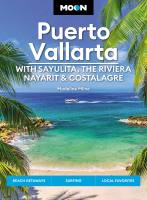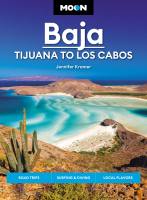Getting To and Around San Cristóbal de Las Casas
The nearest major airport is Tuxtla Gutiérrez’s Ángel Albino Corzo International Airport (TGZ); it’s a gleaming, modern airport, and its location well east of Tuxtla makes it equally convenient to San Cristóbal. San Cristóbal does have a small airport of its own, but no commercial flights land there.
Taxis charge US$50 from Tuxtla’s International Airport to San Cristóbal, and around US$37.50 from San Cristóbal to the airport. Agencia Chincultik (Real de Guadalupe 34, tel. 967/678-0957, 8 a.m.–9 p.m. daily) also offers airport drop-off service for US$45 for 1–3 people; reservations are required. Alternately, take a bus to Tuxla, where cabs to the airport are US$17 (45 min).
There is also limited first-class bus service (US$10.50, 1 hr). From the airport to San Cristóbal, buses leave at 11:30 a.m., 12:30 p.m., 4 p.m., and 5:30 p.m.; from San Cristóbal back to the airport, there are only two departures at 5:30 a.m. and 3:30 p.m.
The first-class bus terminal (Av. Insurgentes at the Carr. Panamericana, tel. 967/678-0291) is seven blocks from the central plaza. You can avoid the hike down to the bus station to buy tickets by going to Ticket Bus (Calle Real de Guadalupe, tel. 967/678-8503, 7 a.m.–10 p.m. daily), a half block from the zócalo; they take cash only. The new highway between Tuxtla Gutiérrez and San Cristóbal opened in 2006 amid much fanfare, including a visit by then president Vicente Fox. The highway cuts travel time between the two cities to just over an hour, and eliminated most of the stomach-lurching curves and precipices that made the old highway so notorious.
There’s a new highway being built between Palenque and San Cristóbal, too, but it’s yet to be completed. Until it is, figure on 5–6 hours on an extremely winding road, with just one stop in Ocosingo; travelers prone to car-sickness should consider taking Dramamine beforehand.
Combis (shared vans) come and go to some of San Cristóbal’s outlying towns and villages. Their depots are located all around town.
Driving at night is definitely not recommended in Chiapas, due to the possibility of roadside robberies; this is especially a concern on the Palenque–San Cristóbal road, and most rural roadways. (Even late-night buses should be avoided, as they are occasionally targeted as well.) Driving during the daytime is safe, however, and usually quite beautiful.
The new toll road between Tuxtla and San Cristóbal makes that stretch safer and quicker, albeit with a US$3.50-per-car price tag. You can still take the old highway, too—it takes twice as long and should not be traveled at night, but there’s no toll and the views are incredible.
Newsletter Signup
By clicking ‘Sign Up,’ I acknowledge that I have read and agree to Hachette Book Group’s Privacy Policy and Terms of Use
Getting Around San Cristóbal de Las Casas
San Cristóbal is a very walkable city, and most sights are easily reached on foot. For outlying destinations, or if you’re just tuckered out, taxis are cheap and convenient. A car or scooter can be handy for visiting outlying areas, but bear in mind that tour agencies offer reasonably priced, guided tours to most of the places you’re likely to visit with a car.
Taxi
Scores of cabs ply the streets day and night, and you can always find one parked at the central plaza. Prices are fixed, and it’s a good idea to confirm the going rate with your hotel receptionist. At the time of research, a ride anywhere around town was US$2, or US$2.50 after midnight.
Car
Driving and parking on the narrow, crowded one-way streets of San Cristóbal is an adventure, to say the least. Outside of town, be very alert for pedestrians, bicycles, and animals along the road. And again, never drive at night.
Óptima Car Rental (Calle Diego de Mazariegos 39 across from Parque La Merced, tel. 967/674-5409, 9 a.m.–2 p.m. and 4–7 p.m. Mon.–Sat., 9 a.m.–1 p.m. Sun.) is San Cristóbal’s one and only rent-a-car shop. An aging VW bug runs US$40 a day, or you can pay US$60 and up per day for something a bit more modern. Prices include taxes and insurance; the latter cannot be deducted, even if you have insurance through your credit card. Discounts are available if you pay in cash, or rent for a week or more. You may find better deals through the international agencies, which have offices at the airport and in Tuxtla.
Scooter
Scooters are cheaper and more maneuverable than cars, but far less forgiving in case of an accident—think twice about renting one if you aren’t an experienced rider. Never ride at night or in bad weather, and remember that most local drivers will not be accustomed to sharing the road with you.
Crazy Scooters (Av. Belisario Domínguez 7 at Real de Guadalupe, tel. 967/631-4329, 9 a.m.–2:30 p.m. and 4:30–7 p.m. daily) rents scooters for US$19 for two hours and US$4 per additional hour, or US$35 for the day, including helmet and map.
Bicycle
A number of sights and villages can be reached by bike, and at least two agencies in town specialize in pedaling tours. The same agencies also rent bikes: Los Pingüinos (Av. Ecuador 4-B at Real de Mexicanos, tel. 967/678-0202, 10 a.m.–2:30 p.m. and 3:30–7 p.m. daily, US$14 per day) and Ruta Nahual (Real de Guadalupe 123, cell tel. 044-967/124-2100, rutanahual@hotmail.com, 10 a.m.–1 p.m. and 4–6 p.m. Tues.–Sat., US$2–3 per hour). Or try Crazy Scooters (Av. Belisario Domínguez 7 at Real de Guadalupe, tel. 967/631-4329, 9 a.m.– 2:30 p.m. and 4:30–7 p.m. daily, US$5 first two hours, US$2 per additional hour).
Newsletter Signup
By clicking ‘Sign Up,’ I acknowledge that I have read and agree to Hachette Book Group’s Privacy Policy and Terms of Use




